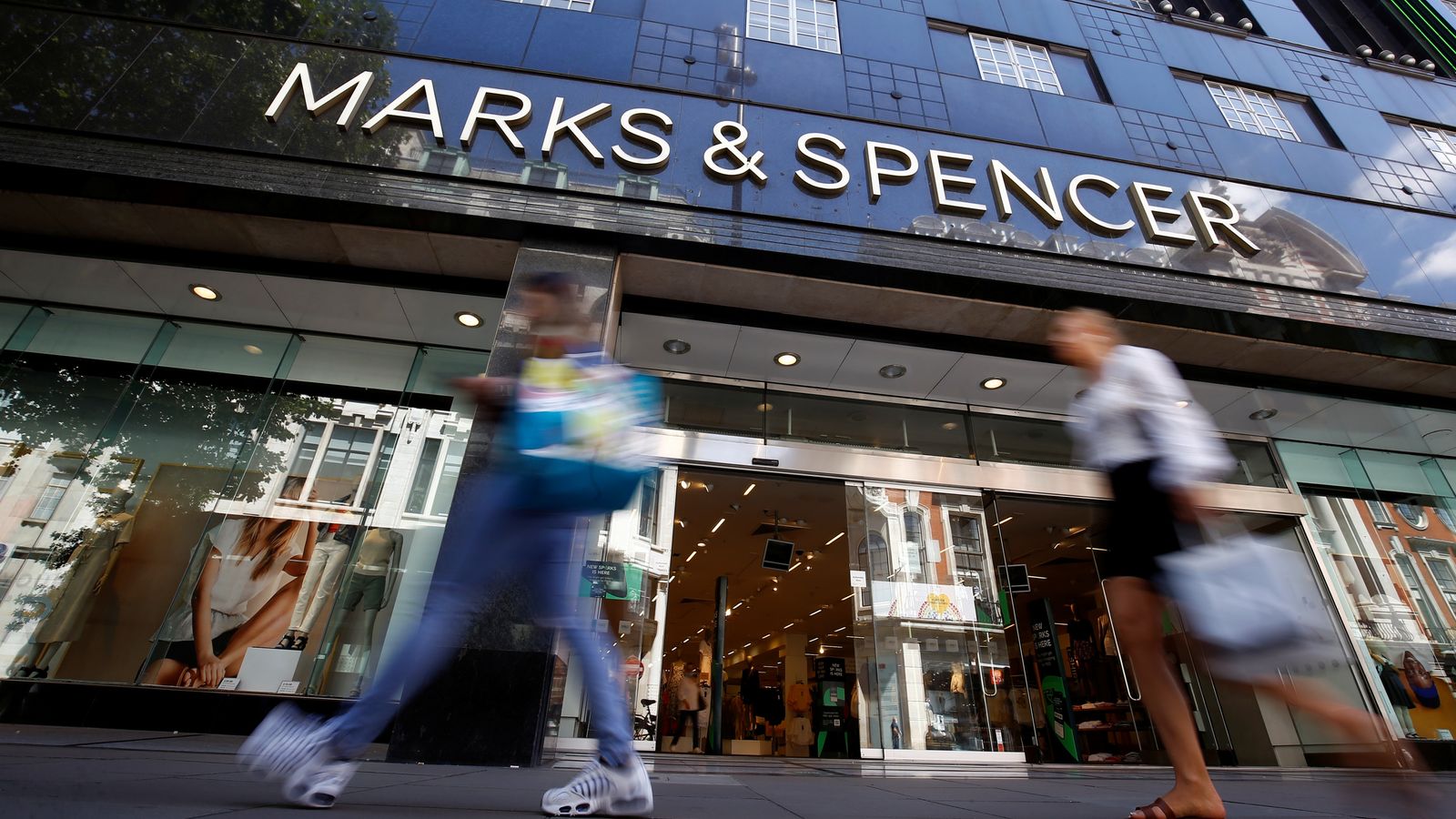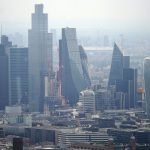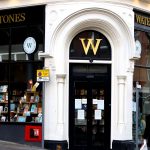Marks & Spencer has swung back into the black after a pandemic-induced slump but warned of the impact of supply chain strains and higher labour costs over coming months.
The retailer reported a profit of £187.3m for the six months to 2 October compared with a loss of £87.6m a year earlier – helped by a bounce-back after lockdowns as well as the “hard yards” of its turnaround plan starting to pay off.
Sales in its clothing and home division were 1% lower than pre-pandemic levels but there was a marked contrast between stores, where they slipped by 17.6%, and online – which saw an increase of 60.8%.
Food sales grew by 10.4% while an online tie-up with Ocado – which ditched previous retail partner Waitrose – was affected by a slowdown compared to a period during the first national lockdown when grocery deliveries enjoyed a major boost.
M&S has been undergoing a painful transformation as it aims to restore its fortunes after years of struggle as well as recovering from the impact of the pandemic – which the results show continue to affect trading at city centre sites.
The plan includes the closure of at least 110 stores, relocation to new sites, downgrading to food-only outlets or consolidation of shops into one, with the aim of reducing its “full-line” stores to 180.
M&S now believes the plans are starting to pay off and said, while acknowledging that “well publicised cost pressures will become progressively steeper”, it expects full-year profits to come in ahead of expectations.
World’s largest car manufacturers swerve climate commitment
Supreme Court ruling may force Google to pay all iPhone UK users £750 in compensation for secret tracking
Facebook’s Meta to ban adverts that target people on ‘sensitive topics’ politics, race and sexual orientation
Chief executive Steve Rowe said: “Given the history of M&S we’ve been clear that we won’t overclaim our progress.”
Mr Rowe acknowledged the benefits of the bounce-back from the pandemic “as well as the headwinds from the pandemic, supply chain and Brexit, some of which will continue into next year”.
“But, thanks to the hard work of our colleagues, it is clear that underlying performance is improving, with our main businesses making important gains in market share and customer perception,” he added.
“The hard yards of driving long term change are beginning to be borne out in our performance.”






















